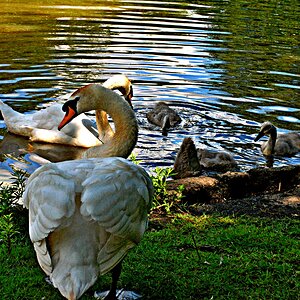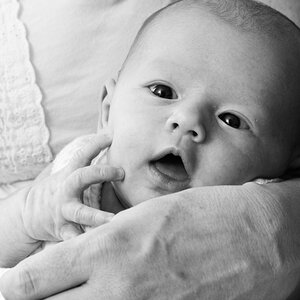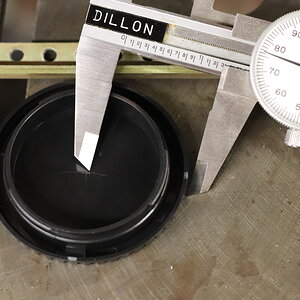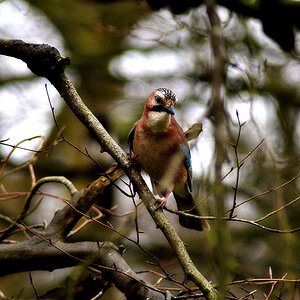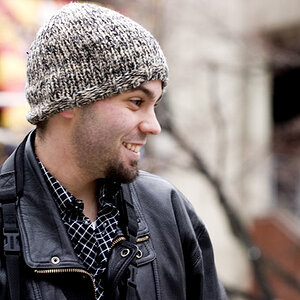miltk
TPF Noob!
- Joined
- Feb 14, 2018
- Messages
- 12
- Reaction score
- 0
- Can others edit my Photos
- Photos NOT OK to edit
the images i get from shooting my artwork is not to my liking.
in order to eliminate glare, over thw years i have used polarizing sheets on the lamps(lowel tota with 300watt ushio halogens) and a circular on my lens. this is the only setup that has worked for eliminating glare on the canvas. which has always been my priority.
so there's the saturation problems that come with this setup. also, the camera. i have settled on the sony because it has the best color balance for me. i did not like the nikon or canon. in all three cases, each brand has it's own interpretation of color. i can live with that(more or less), but what is very bothersome on all three cameras, less so on the sony, is that because certain colors are emphasized my brush strokes show up unnecessarily harsh.
this is a problem because my paintings are subtle. the fact that they photograph harsher is a concern. there used to be a studio called jellybean that shot only artwork here in new york. this was pre digital and they used ektachrome 4x5s. i don't know how they set up their shots however. their chromes were impeccable and captured all the subtleties required...they were perfect.
is there something i could do to emulate this. i don't use adobe, i use corel. i have a friend who has adobe and lightroom(i think that's the program)and if need be i will try his. now in corel(or the old paint shop pro) i can isolate areas,,,but in general the only tools i use are lightness/darkness/contrast/saturation because frankly i get that my images will go through many changes in viewing whether they be by me at my easel, my computer, my gallery's computer, the gallery walls, the clients homes, or the printer. so i try try to keep alterations to a minimum
in general, therefore, i try to go for broad overall look to the images. i can achieve this to my liking HOWEVER the loss of subtlety due to and over or under emphasis of color is something i cannot overcome.
any help to deal with this would be greatly appreciated.
BTW, when i shoot my painting under my studio lights(not the lowel tota setup) they are subtle BUT they have uncontrollable glare, hence the polarizers.
in order to eliminate glare, over thw years i have used polarizing sheets on the lamps(lowel tota with 300watt ushio halogens) and a circular on my lens. this is the only setup that has worked for eliminating glare on the canvas. which has always been my priority.
so there's the saturation problems that come with this setup. also, the camera. i have settled on the sony because it has the best color balance for me. i did not like the nikon or canon. in all three cases, each brand has it's own interpretation of color. i can live with that(more or less), but what is very bothersome on all three cameras, less so on the sony, is that because certain colors are emphasized my brush strokes show up unnecessarily harsh.
this is a problem because my paintings are subtle. the fact that they photograph harsher is a concern. there used to be a studio called jellybean that shot only artwork here in new york. this was pre digital and they used ektachrome 4x5s. i don't know how they set up their shots however. their chromes were impeccable and captured all the subtleties required...they were perfect.
is there something i could do to emulate this. i don't use adobe, i use corel. i have a friend who has adobe and lightroom(i think that's the program)and if need be i will try his. now in corel(or the old paint shop pro) i can isolate areas,,,but in general the only tools i use are lightness/darkness/contrast/saturation because frankly i get that my images will go through many changes in viewing whether they be by me at my easel, my computer, my gallery's computer, the gallery walls, the clients homes, or the printer. so i try try to keep alterations to a minimum
in general, therefore, i try to go for broad overall look to the images. i can achieve this to my liking HOWEVER the loss of subtlety due to and over or under emphasis of color is something i cannot overcome.
any help to deal with this would be greatly appreciated.
BTW, when i shoot my painting under my studio lights(not the lowel tota setup) they are subtle BUT they have uncontrollable glare, hence the polarizers.


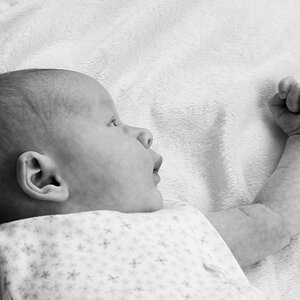
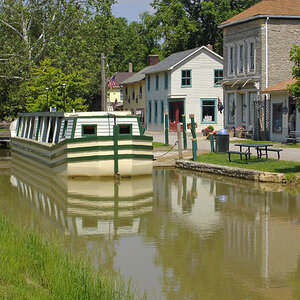
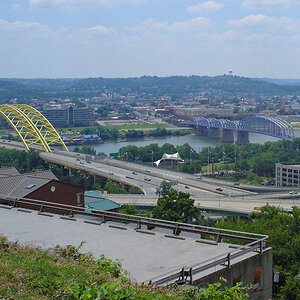
![[No title]](/data/xfmg/thumbnail/34/34083-76406a409bc520ead3cc11af09ebd257.jpg?1619736269)
